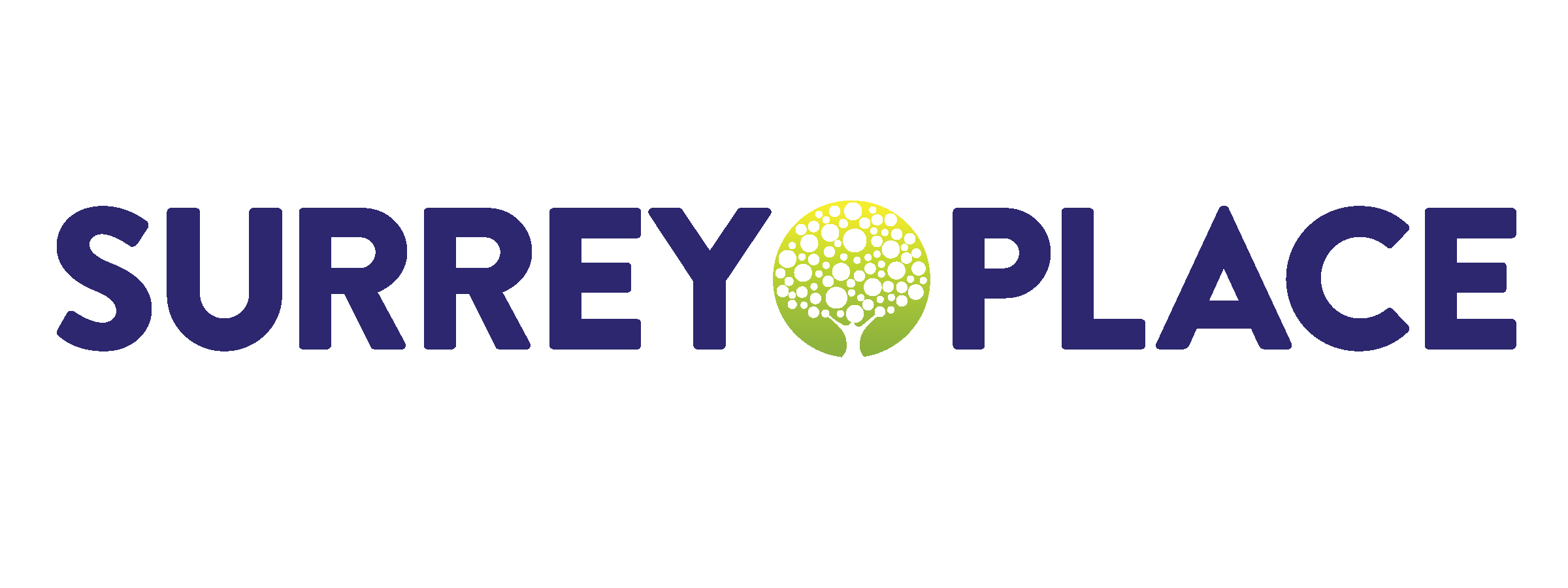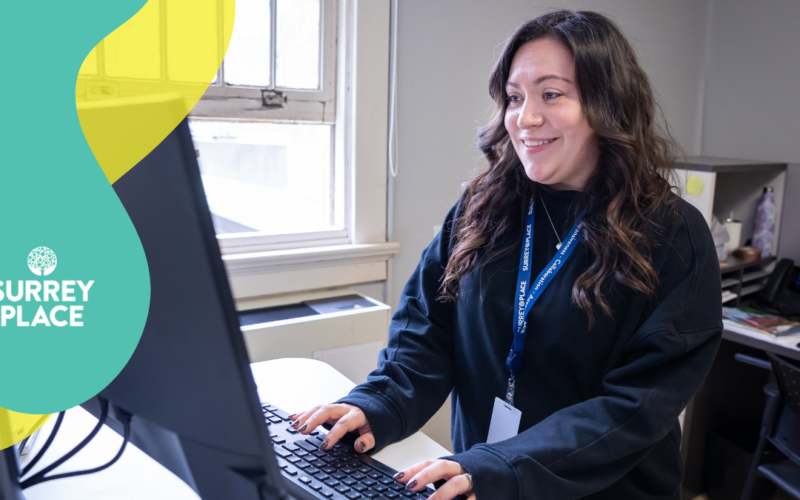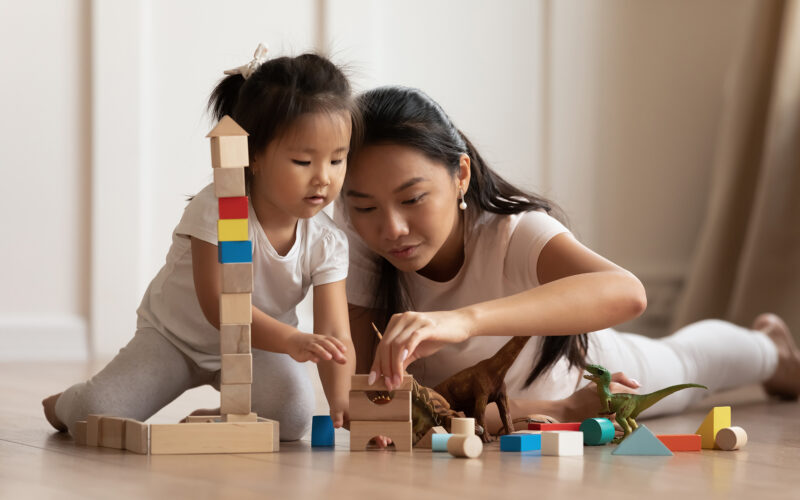Toronto, ON – Surrey Place is proud to announce they have received nearly $100,000 in funding from the Government of Canada’s Community Services Recovery Fund to help strengthen its commitment to Equity, Diversity, Inclusion and Accessibility (EDIA). The funding will provide organizational-wide training to over 700 staff members at Surrey Place to work towards eliminating systemic barriers and racism that may contribute to discrimination, disparity and disproportionality to systemically oppressed groups.
The training was initiated by Surrey Place’s Equity, Diversity, Inclusion and Accessibility (EDIA) and Innovation (CPI) department which focuses on reducing disparities driven by social, economic and racial disparities and providing culturally sensitive services and care. Led by Lisa Binns, VP of Children’s Services, Kim Daniel, Director of Community, Partnerships and Innovation, and Kajany Gunarajan, Manager of EDIA, the group works to cultivate a high-performance organizational culture through education, research and long-lasting partnership building.
“This is a first for Surrey Place to provide organizational-wide EDIA training,” says Kim Daniel, Director of Equity, Diversity, Inclusion and Accessibility (EDIA) and Innovation. “We are excited, and we look forward to continuing to partner with other agencies to lead and expand EDIA work within the developmental sector.”
The EDIA training will provide an opportunity for Surrey Place staff, across all levels, to deepen their understanding of concepts like privilege, anti-racism, and how to create a safe and healing environment for all. Through the training, the aim is for staff to be better equipped to recognize diverse needs of clients and meet them where they’re at. The funding was awarded in the summer of 2023.
“We are so grateful for this funding from the Government of Canada’s Community Services Recovery Fund,” says Terri Hewitt, CEO of Surrey Place. “Equity, Diversity, Inclusion and Accessibility are core to our guiding principles, and we are committed to creating a collaborative and inclusive environment that celebrates diversity, eliminates barriers to accessing services, and upholds the right to belong. This funding will allow us to build on our strategic priority to foster a culture of resilience.”
“I am continually impressed by the passion, dedication, and creativity of community service organizations, like Surrey Place,” added Jenna Sudds, Minister of Families, Children and Social Development. “I am equally proud the Government of Canada has supported their important work through the Community Services Recovery Fund. By investing in these organizations and their projects we can help to create a more just and equitable society, where everyone has opportunities to succeed. I look forward to seeing the positive impact of this investment in the Greater Toronto Area over the years to come.”
About Surrey Place: Surrey Place is a leading provider of services and support for individuals with confirmed or suspected developmental or intellectual disability. With over 60 years of experience in the field, Surrey Place is committed to providing exceptional care and support to help individuals achieve their full potential and lead fulfilling lives.
About The Community Services Recovery Fund: The Community Services Recovery Fund is a one-time $400 million investment from the Government of Canada to support charities and non-profits as they focus on how to adapt their organizations for pandemic recovery. Now more than ever, charities and non-profits are playing a key role in addressing persistent and complex social problems faced by all communities. The Community Services Recovery Fund responds to what charities and non-profits need right now and supports organizations as they adapt to the long-term impacts of the pandemic.
For further information, contact: Surrey Place Media Relations / communications@surreyplace.ca




